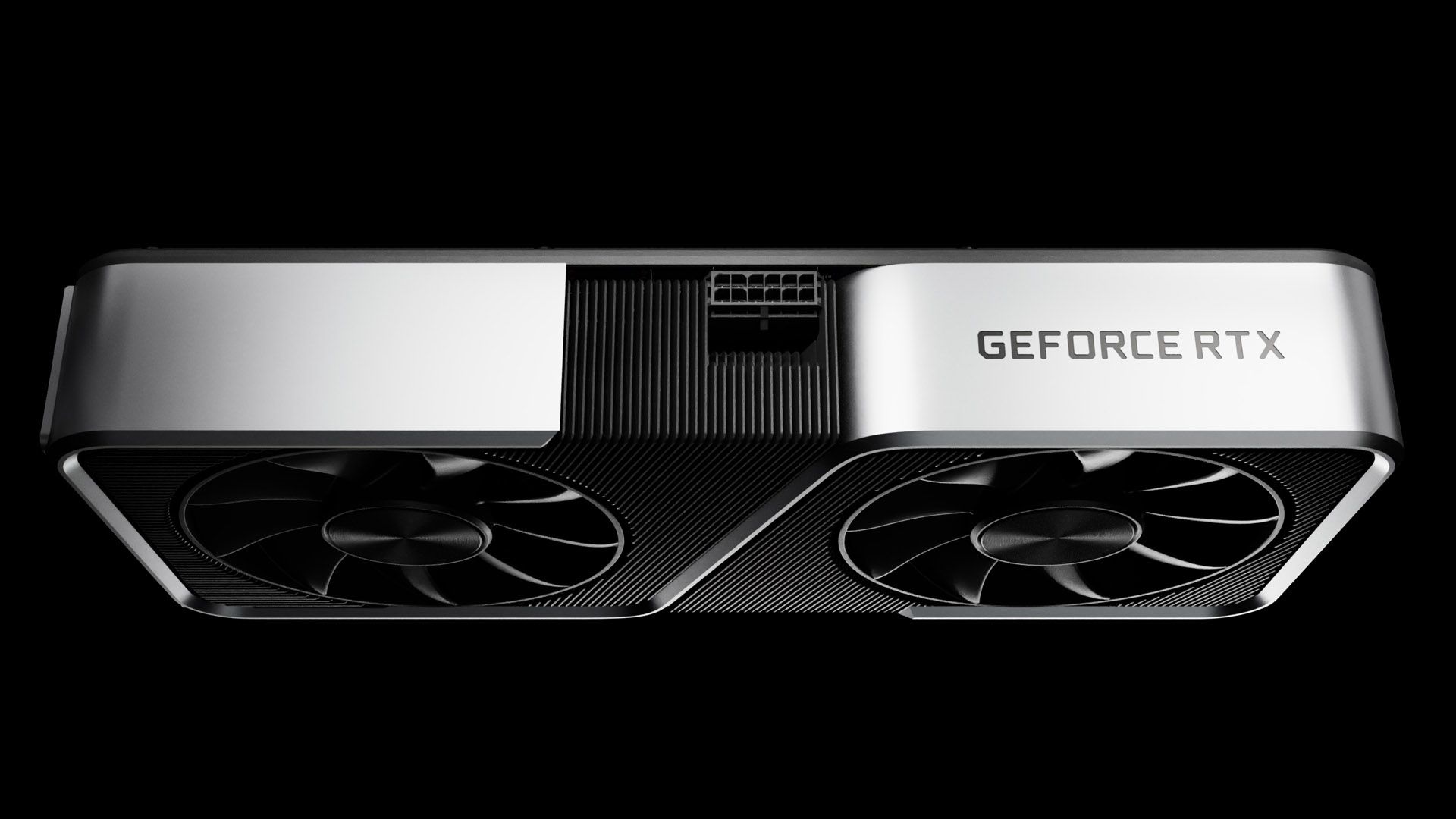Last February, NVIDIA announced it would purposely make the RTX 3060 graphics card terrible at cryptocurrency mining. The hope was to push miners away from buying up all the graphics cards and drive prices. Less than a month later, it's possible to unlock the RTX 3060's mining capabilities. The only surprise is that the necessary drivers came directly from NVIDIA.
The idea seemed like a good one at the time. Cryptocurrency mining calls for powerful GPUs, which in turn leads to higher graphic card prices. Supply and demand does that, and gamers suffer. By making the RTX 3060 bad at mining, miners might turn towards NVIDIA's Cryptocurrency Mining Processor instead, and "everyone wins."
Nvidia even seemed confident that it wouldn't be easy to bypass the restriction. The company's head of communications explained, "[i]t's not just a driver thing. There is a secure handshake between the driver, the RTX 3060 silicon, and the BIOS (firmware) that prevents removal of the hash rate limiter." And yet, despite that promise, a single driver bypasses the restriction.
As reported by PCWatch and confirmed by ComputerBase, NVIDIA's own beta drivers unlock the RTX 3060's full capabilities without any need to update the Bios. It's probably a mistake on NVIDIA's end, as the company seemed dead set on limiting mining. The beta doesn't mention the feature and is instead intended for developers to test Windows Subsystem for Linux (WSL) performance.
The cat's out of the bag now, though, and even if NVIDIA corrects the issue before releasing full drivers, it's unlikely that anyone determined to break past the mining block will be deterred. All in all, it's a good day for miners and a bad day for gamers.

